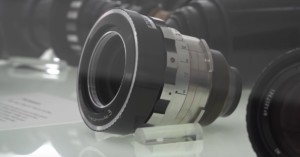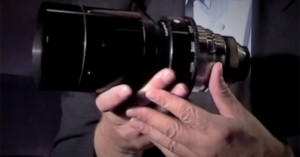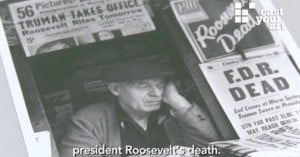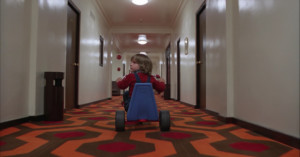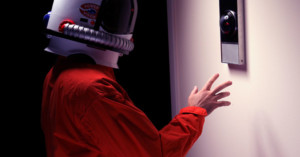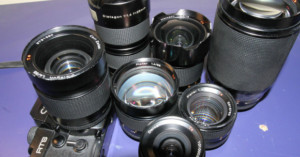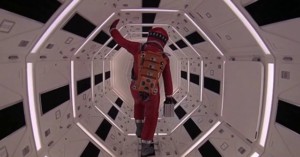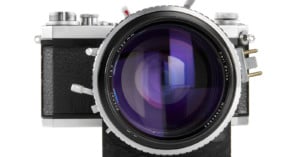
Rare Zeiss 50mm f/0.7 Lens Made for NASA To Fetch Up To $146,000
On June 12, the 38th Leitz Photographica Auction is set to offer a large assortment of rare and highly collectible camera products, the most notable of which is a rare Zeiss Planar 50mm f/0.7 lens designed in 1966 for NASA Apollo missions.
